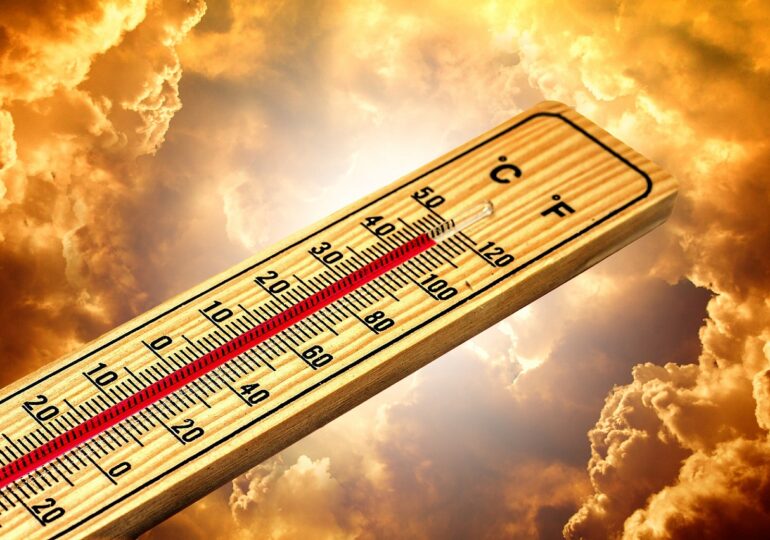A report by the World Meteorological Organization warns that there is a high risk that the global average temperature in the period 2025-2029 will exceed +1.5°C above the 1850-1900 average.
According to specialists, each fraction of a degree of additional warming leads to more harmful heatwaves, extreme precipitation, intense droughts, melting of the ice cap, sea ice, and glaciers, ocean warming, and rising sea levels, as reported by Le Figaro.
The year 2024, the warmest recorded since 1850, was also the first to exceed the 1.5°C warming threshold. Last year, the global average surface temperature was +1.55°C compared to the pre-industrial era.
In a report published on Wednesday, the World Meteorological Organization (WMO) and the UK Met Office updated their global climate predictions for the next five years, confirming that temperatures during this period are likely to remain at record levels.
According to the report, there is an 80% chance that at least one of the next five years will exceed the record set in 2024 and an 86% chance that at least one of these years will be more than 1.5°C warmer than the 1850-1900 average.
More generally, the global annual average for each year between 2025 and 2029 will be 1.2°C to 1.9°C above pre-industrial temperatures, with a 70% probability that the entire 2025-2029 period will exceed +1.5°C of warming, the threshold set by the 2015 Paris Agreement.
In last year's published estimates, this risk was "only" 47% (for the period 2024-2028).
A Threshold Already Reached?
In a press release, the WMO emphasizes that "each fraction of a degree of additional warming leads to more harmful heatwaves, extreme precipitation, intense droughts, melting of the ice cap, sea ice, and glaciers, ocean warming, and rising sea levels."
This report "shows no sign of easing in the coming years, which means that the negative impact on our economies, our daily lives, ecosystems, and our planet will increase," summarized Ko Barrett, WMO Deputy Secretary-General.
However, these predictions do not mean that the world has truly exceeded the threshold set by the Paris Agreement, the cornerstone of global efforts to reduce greenhouse gases: this will happen when the average temperature over a twenty-year period reaches this level. Nevertheless, two scientific studies recently published in the journal Nature Climate Change suggest that we have already entered this symbolic phase of warming.
Accelerated Warming in the Arctic
WMO and the Met Office focus specifically on the Arctic: over the next five extended winters (from November to March), the temperature increase in this region should be more than three and a half times greater than the global average, with 2.4°C above the temperature recorded in the last 30-year reference period (1991-2020).
A significant reduction in sea ice is anticipated in the Barents Sea, Bering Sea, and Okhotsk Sea.
Regarding global precipitation, it is expected to be higher than average in the Sahel, northern Europe, Alaska, and northern Siberia for the May-September 2025-2029 period, again compared to the 1991-2020 reference period. The Amazon, in turn, is likely to face drier conditions than average, as warned by meteorological agencies.

